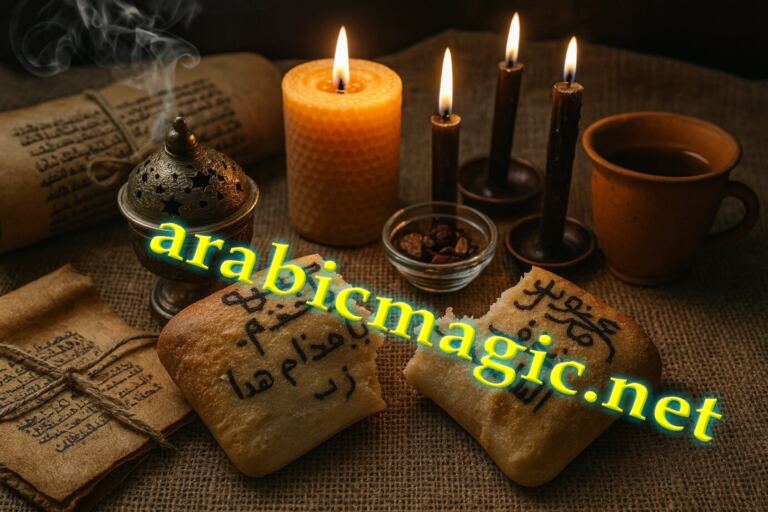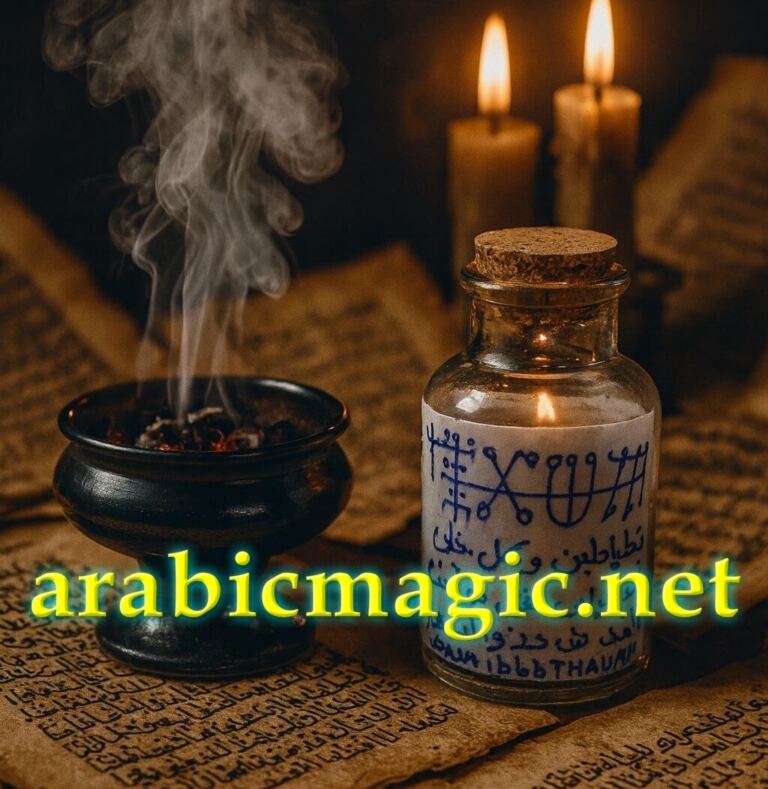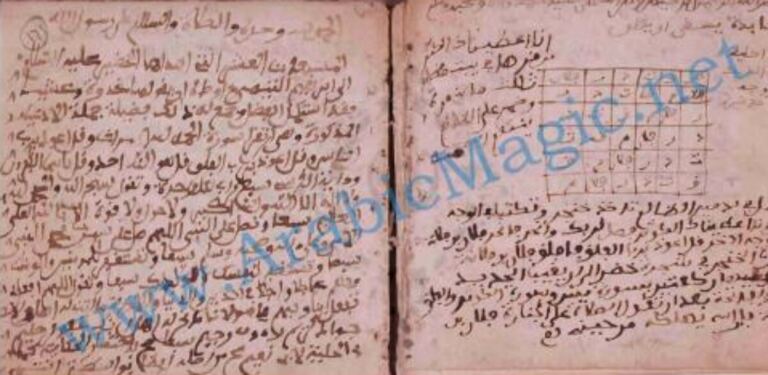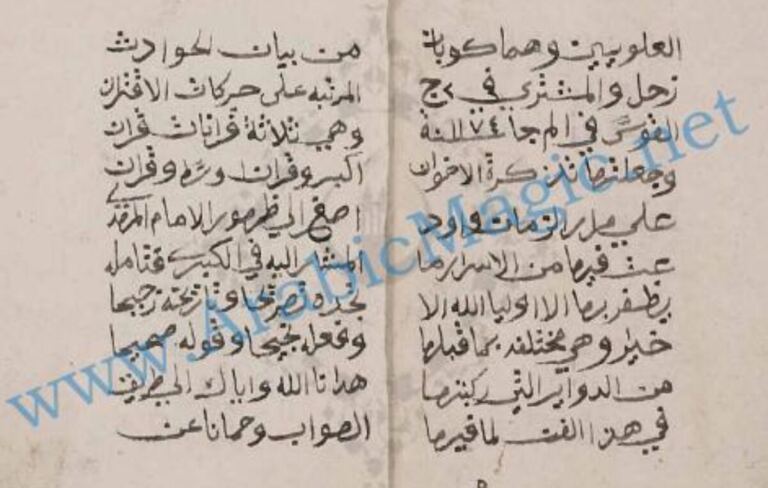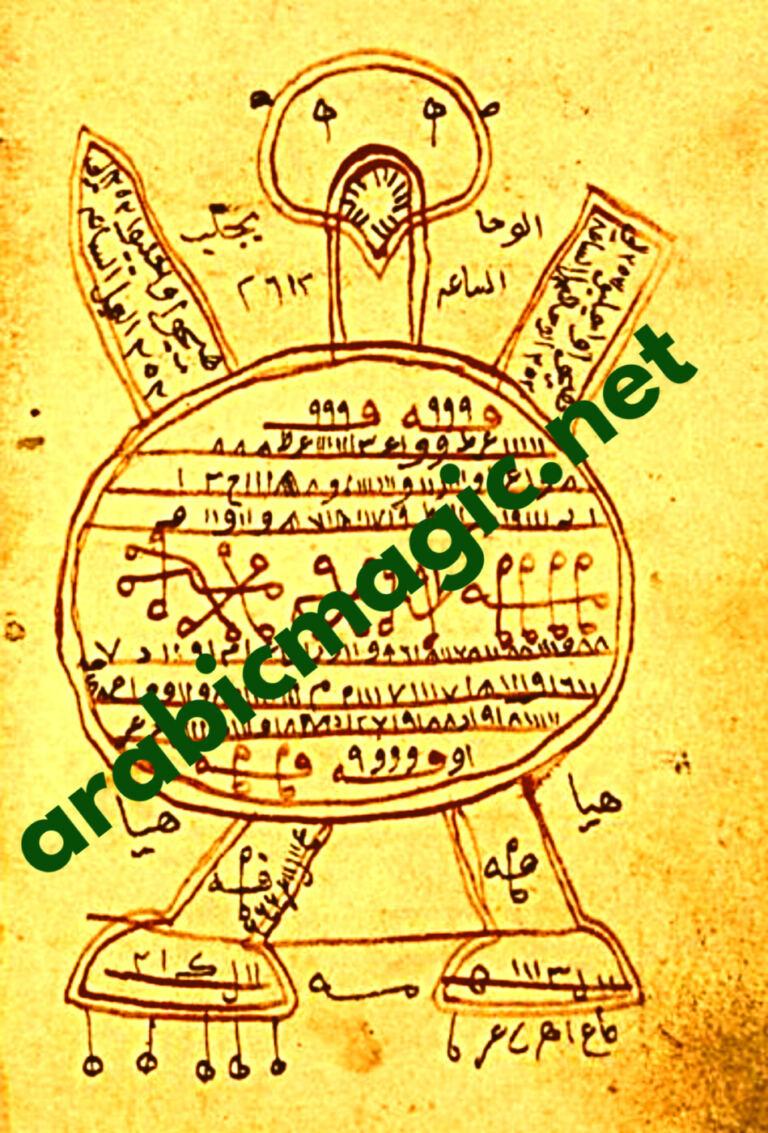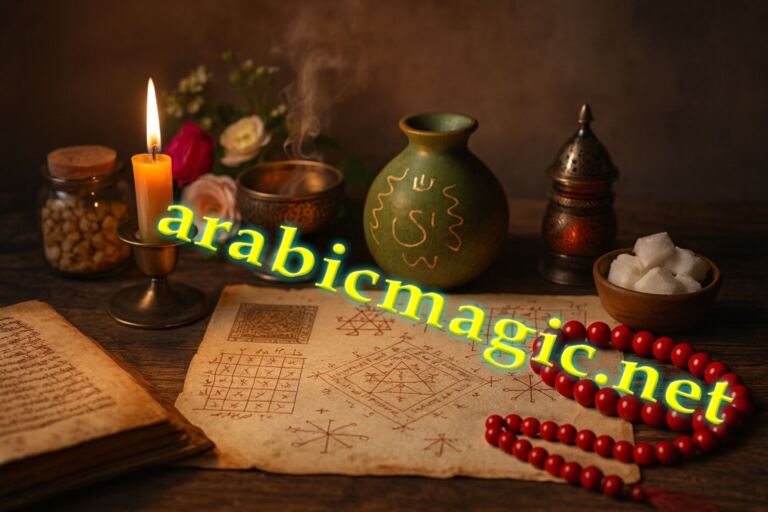This Arabic magic ritual is a powerful and destructive method designed to end personal relationships permanently. Its purpose is to spark constant conflict, deep resentment, and emotional separation between individuals, whether they are lovers, friends, relatives, or partners. The process starts with the creation of a taweez, a physical object inscribed with specific Arabic incantations. These spells are chosen to summon destructive forces, and the taweez is prepared with care to focus harmful energy directly onto the intended targets. Once the taweez is complete, it is placed in water, which then becomes known as dead water. This water is no longer ordinary; it absorbs the negative energy from the talisman and becomes a spiritual weapon. Dead water is believed to carry the power to destroy bonds of love, trust, and loyalty. When introduced into someone’s path, it weakens their emotional connections and gradually pushes people apart. The energy in this water is designed to create friction, escalate arguments, and remove any possibility of harmony or understanding. The final and most critical stage of the ritual involves using the dead water at a crossroad. This location is not chosen at random. In magical traditions, crossroads represent choices, separation, and new directions. Sprinkling the charged water at the center of a crossroad sets the separation in motion. It symbolically and spiritually pushes the individuals in opposing directions, making reconciliation unlikely. The energy of the crossroad intensifies the ritual’s effect, anchoring the separation deep within the targeted relationships. This ritual is known for its long-lasting and often permanent results. Once the energy has been released, it begins to spread through the emotional and mental space of those involved, creating confusion, mistrust, and increasing hostility. Minor issues grow into major problems, and once-strong relationships...
